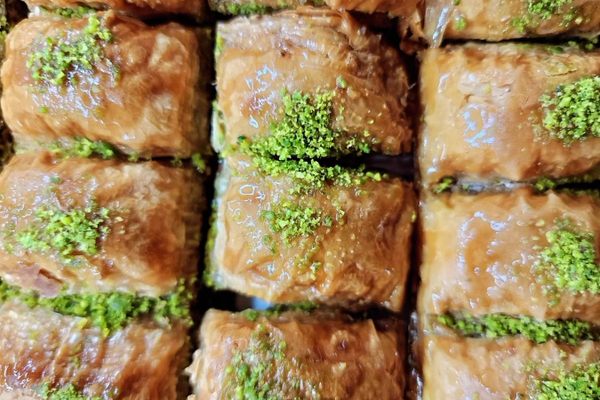

The Evolution of American Military Food
What would George Washington’s spruce beer-chugging troops have thought about today’s cheesecake rations?
From salted beef and canned bread to pizza and cheesecake, military food in the United States has come a long way.
Revolutionary War: To keep soldiers from getting scurvy on their diet high in salted beef, pork, and fish, George Washington’s troops were given up to a quart of spruce beer—a handy source of vitamin C used since Viking times—daily.
Civil War: Standard rations for Union soldiers included a pound each of salt pork and hardtack bread. When the dried bread grew moldy or started sprouting maggots, soldiers would boil it with their coffee to kill vermin.
World War I: The Reserve Rations that sustained U.S. troops through trench warfare consisted of about 4,000 daily calories, much of them in the form of canned meat and vegetables. To liven things up ever so slightly, soldiers received half a pound of candy every 10 days, as well as tobacco and cigarette papers for rolling their own.
World War II: Veterans seldom have much praise for the C-Ration, or “C-Rat,” a seven-pound bundle developed in 1938 loaded with canned meats like corned beef, as well as hard tack, and ground coffee.
Korean and Vietnam Wars: Bulky Meal, Combat, Individual (MCI) rations, which eventually gave way to the Meal, Ready-to-Eat (MRE) in the late 1970s and ’80s, were contained in cardboard boxes with around 1,200 calories each. Since this was well before the invention of the Flameless Ration Heater, soldiers would occasionally use C4 explosives to warm up dinners. One of the most significant changes: In 1975, the U.S. military stopped including tobacco—a wildly unpopular move.
Return to “How to Feed an Army,” about our visit to the world’s largest and most advanced military food R&D lab.
Gastro Obscura covers the world’s most wondrous food and drink.
Sign up for our regular newsletter.



































Follow us on Twitter to get the latest on the world's hidden wonders.
Like us on Facebook to get the latest on the world's hidden wonders.
Follow us on Twitter Like us on Facebook